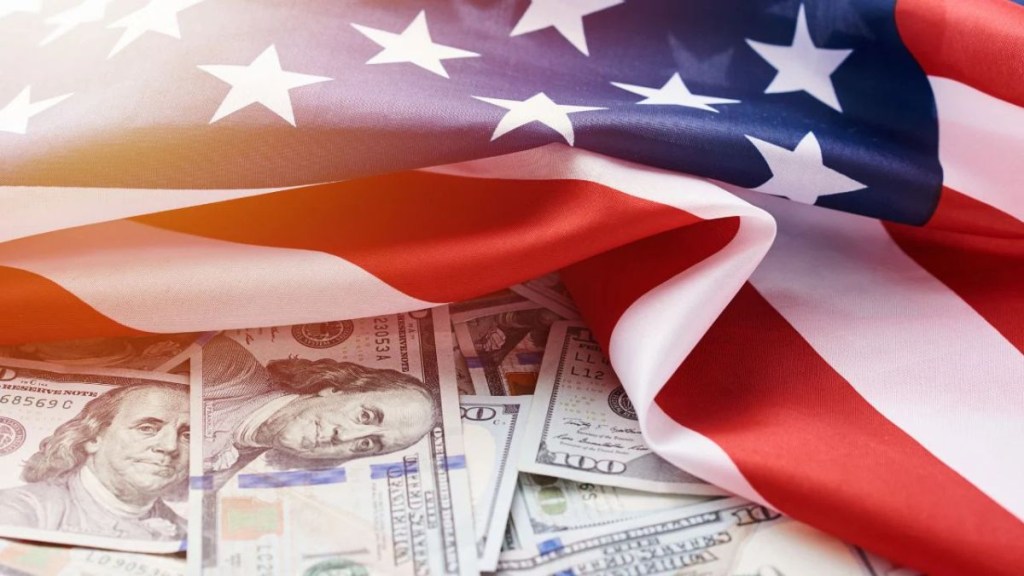Trade tensions, tariff hikes, global supply chain disruptions are upending businesses and spreading volatility but who will be at the receiving end of US President Donald Trump’s tariff salvo? According to Goldman Sachs, the inflationary impact of tariffs is only just beginning to filter through to US households with businesses expected to pass on a greater share of costs in the coming months. It further maintained that this will add more uncertainty to a Treasury market that has been gripped by shifting bets on the pace of interest rate cuts.
Tariff burden shifting from businesses to consumers
US companies have so far taken the bulk of the hit from Trump’s tariffs but the burden will increasingly be passed on to consumers as companies hike prices. Economists at Goldman Sachs, led by Jan Hatzius, as reported by Bloomberg, estimated that US consumers have so far borne around 22 per cent of tariff costs through June. But that burden could climb to 67 per cent if the latest round of levies follows the pattern seen in earlier years.
Goldman Sachs warns of rising inflationary pressures
The result: a faster rise in prices. Per the data shared by Goldman Sachs, the core personal consumption expenditures (PCE) index — the Federal Reserve’s preferred inflation gauge — will accelerate to 3.2 per cent year-on-year in December, compared with 2.8 per cent in June. Without the effect of tariffs, Goldman estimated core PCE at 2.4 per cent. The Bloomberg report cited Goldman Sachs to state that tariff effects have boosted core PCE by 0.2 per cent so far, with another 0.16 per cent expected in July and an additional 0.5 per cent over the rest of the year.
So far, Goldman Sachs said, American businesses have shouldered around 64 per cent of the tariff hit, but their share is set to fall below 10 per cent as they shift more of the burden to consumers. Foreign exporters, meanwhile, have absorbed about 14 per cent of tariff costs, a figure Goldman expects to rise to 25 per cent. The impact on foreign exporters can be gauged from a slight decline in import prices on tariffed goods, the economists said.
Impact on Federal Reserve’s interest rate path
Furthermore, the analysis by Goldman Sachs adds weight to a growing concern that the inflationary pulse from tariffs could complicate the Federal Reserve’s policy path. Bond traders are already betting on a rate cut at the Fed’s September meeting, with markets pricing in an 80 per cent chance, but uncertainty over tariffs’ ultimate impact on inflation has clouded expectations for further easing.
The debate over whether tariffs constitute “inflation” in the sense central bankers should react to continues. “Inflation, certainly as it’s relevant to a central bank setting monetary policy, concerns an ongoing increase in the overall price level,” said Oren Cass, founder and chief economist at American Compass, in a recent episode of Bloomberg’s Trumponomics podcast. “If you choose a specific policy that by design makes a one-time change in the price of certain things, that is not inflation in a sense that you would want a central bank to worry about.”
